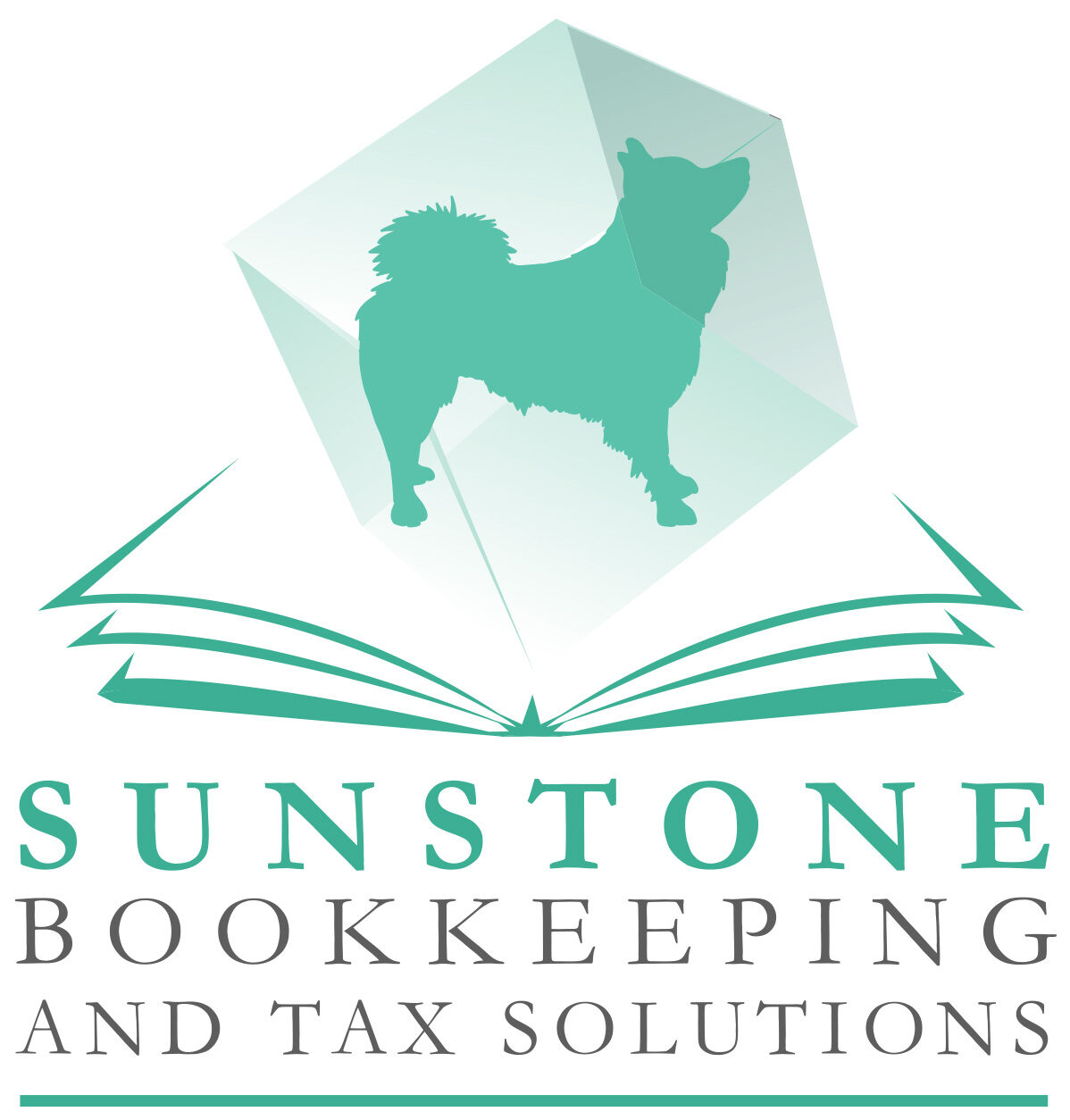As a new year begins, it’s a great time to get ahead of your taxes and set yourself up for a smoother filing season. With a little preparation, you can avoid last-minute stress and even uncover opportunities to save money. Here’s a guide to help you get organized and understand what to expect in the months ahead.
Key Steps to Take Before Year-End
- Review Your Income and Deductions
Make sure you have accounted for all your business expenses in the past year! Review those bank and credit card statements and pull those receipts out of your bag, wallet, or desk drawer.
If you think you can itemize for your personal return, pull together all your medical expenses, charitable deductions, and local and state tax bills.
If you spent money on child care so that you could work, get a statement from the provider.
- Maximize Contributions to Tax-Advantaged Accounts
Contribute to your 401(k), IRA, or Health Savings Account (HSA). For 2024, the 401(k) contribution limit is \$23,000 (plus \$7,500 if you’re over 50), and the IRA limit is \$7,000 (plus \$1,000 catch-up for those 50+). HSAs allow contributions up to \$3,850 for individuals and \$7,750 for families. You have until 15 April 2025 to make these contributions and allocate them to 2024.
- Review Your Withholdings and Estimated Payments
If you’ve had significant changes in income, double-check that your withholdings and/or quarterly estimated payments are on track to avoid penalties. The IRS Tax Withholding Estimator is a great tool.
- Organize Your Records
Gather in one place all receipts and documents related to deductions, such as charitable donations, medical expenses, or business expenses if you’re self-employed. Pay attention to informational notices that’ll be coming to you soon in the mail or email (see the list at the end of this article). Keep digital or physical copies in one place for easy access; we recommend finding a secure, cloud-based option for storing those records to avoid accidental loss.
Certain credits that involve dependents (like the Head of Household status, the Earned Income Credit, and Child Tax Credit) or education require due diligence by your preparer. Get ahead of the game by gathering the required documents like school and medical records.
- Pull Those Letters Out of the Drawer
If you received letters from the IRS or your state tax authority, stuck them in a drawer, and “forgot”; now’s a good time to find them. Those problems do not cure themselves.
- Schedule Time With a Tax Professional
An early in the tax season meeting with a tax pro can help you identify last-minute strategies to reduce your tax liability and plan for the upcoming year. Get an early estimate calculated if you can, it might save you a painful realization when you file.
Tax Documents You’ll Receive in the New Year
The IRS requires many organizations to provide tax forms by specific deadlines. You can expect these in your physical or virtual mailbox soon, so be vigilant. There is a growing trend for these records to be provided electronically in a portal and you’ll get an email notifying, so be careful to read incoming emails and check your spam filter for the next month or so. You’ll need these records to prepare your tax return and the tax authorities get a copy; failure to report such income is a quick way to get an underreporting penalty.
Here’s a list of common documents you might expect:
– Form W-2: Provided by employers to report wages, tips, and other compensation. Deadline: January 31.
– Form 1099-NEC: For non-employee compensation (e.g., freelancers, contractors). Deadline: January 31.
– Form 1099-MISC: For other types of income like rent or prizes. Deadline: January 31.
– Form 1099-INT: Reports interest income from banks or financial institutions. Deadline: January 31.
– Form 1099-DIV: Reports dividends and distributions. Deadline: January 31.
– Form 1099-B: Details stock sales and other investment transactions. Deadline: February 15.
– Form 1098: Provided by lenders to report mortgage interest paid. Deadline: January 31.
– Form 1095-A/B/C: Related to health insurance coverage through the Marketplace or employer. Deadline: January 31. Important for the Premium Tax Credit and Self-Employed Health Insurance Deduction.
– Schedule K-1: For income from partnerships, S-corporations, or trusts. Deadline: March 15, though it may arrive later.
Final Thoughts
Taking proactive steps now can save you time and reduce stress as tax season approaches. By organizing your records, maximizing deductions, and understanding the documents you’ll need, you’ll be well-prepared to file your taxes accurately and efficiently.
If you’re unsure where to start or have questions about your unique tax situation, reach out to a tax professional. A little effort now can make a big difference when it’s time to hit “submit” on your return!
